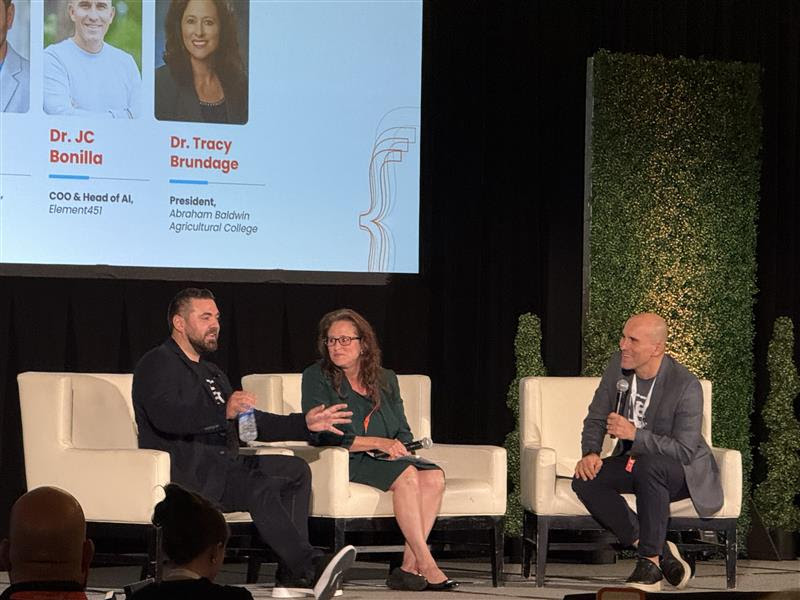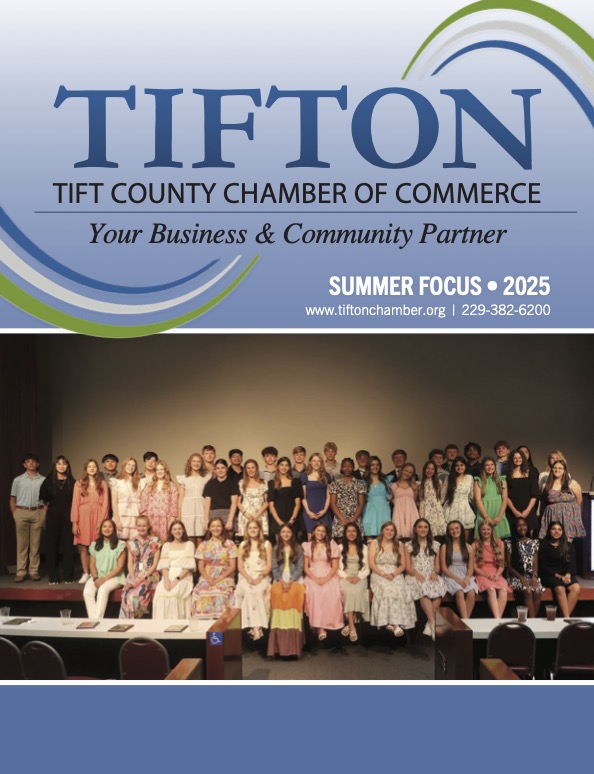Putting first things first
Published 10:00 am Thursday, January 16, 2020

- Curt Fowler.
“Time is our only asset that is not renewable. Once we’ve spent a moment, it can never be recovered.”
“The successful person has the habit of doing the things failures don’t like to do. They (the successful people) don’t like doing them either. But their disliking is subordinated to the strength of their purpose.” – E.M. Gray
Trending
Covey starts his chapter on Habit 3 – Putting First Things First, with two great questions.
Q1: What one thing could you do (that you are not doing now) that if you did it regularly, would make a tremendous positive difference in your personal life?
Q2: What one thing in your business or professional life would bring similar results?
Write down your answers to those questions and we’ll get back to them a little later.
As a review – Habit 2 (Begin With the End in Mind) led us through creating an inspiring vision for our lives.
Habit 3 (Putting First Things First) gives us the tools to build our lives to achieve our inspiring visions.
Trending
Habit 3 is where the rubber meets the road. It is where our beautiful visions and reality collide. Lack of knowledge is rarely the problem when trying to achieve our goals. We live in a world where knowledge and data are abundant and cheap (if not free).
What we lack is the discipline to do the day to day work required. Think about this – we all have the knowledge necessary to have six-pack abs. Most of us would like that outcome. What most of us don’t have is a desire so great that we choose to do the work. Knowledge is not lacking. It is the discipline we lack.
Let’s assume we created an inspiring vision for our life and are ready to make it happen. What tools do we have at our disposal? The one tool that we all have in common is 168 hours in a week. In Habit 3, we learn to spend those 168 hours in alignment with our goals.
To help us organize and execute around our priorities, Covey rolls out the most referenced time management tool of all time – The Four Quadrants.
This article is now going to get participative. Please do this exercise. I took myself through the exercise as I wrote this and the results blew me away.
Every day we are choosing the outcomes of our lives by choosing how we spend our time. At the end of our lives we will wish we spent more time in Quadrant 2. Today is our chance to make that happen.
Pull out a sheet of paper – or spreadsheet if you are like me. Split the page into four sections by drawing a cross through the middle. You now have two columns across the top. Label the first column – Urgent. Label the second – Not Urgent.
You also have two rows. Label the top row – Important. Label the second row – Not Important. You now have 4 boxes on your page. The top left is Quadrant 1 – Urgent & Important. The top right is Quadrant 2 – Important & Not Urgent. The bottom left is Quadrant 3 – Urgent and Not Important. The bottom right box is Quadrant 4 – Not Urgent and Not Important.
Let’s walk through the quadrants and see what might be in each.
Quadrant 1 – Urgent & Important
Includes crises, pressing problems and deadline driven projects.
Quadrant 2 – Not Urgent, but Important
Prevention activities like exercise, meditation and prayer. Relationship building. Planning. Play. Training. Creating systems.
Quadrant 3 – Urgent & Not Important
A lot of the activities in Q3 are where we are letting other people’s priorities become ours. These activities include interruptions, some calls, some mail & email, some reports, some meetings and some popular activities. Q3 activities appear to be urgent and must do’s. We can recognize them as Q3 activities by asking – Will this activity get me closer to my goals?
Quadrant 4 – Not Urgent & Not Important
Q4 is all about procrastination and pleasure. We need pleasure. We need rest and rejuvenation, but only to the extent that it is making us better. We find Q4 activities to do when we don’t want to do a Q2 activity. Q4 activities can include TV, internet surfing and some games.
Now – Put all the tasks you do in a typical week into one of the four quadrants.
Did your answers to the opening questions fall into Quadrant 2? Most important tasks do. Next week, we’ll work on finding ways to spend more time on Quadrant 2 activities.
If you are ready to get started creating more clarity and meaning in your organization and life, check out our free “Values Driven Leadership” course at https://valuesdrivenresults.com/resource-library/.
As always, you can reach me at 229.244.1559 if I can help in any way.
Curt Fowler is President of Fowler & Company and Director at Fowler, Holley, Rambo & Stalvey. He is dedicated to helping leaders build great organizations and better lives for themselves and the people they lead.




